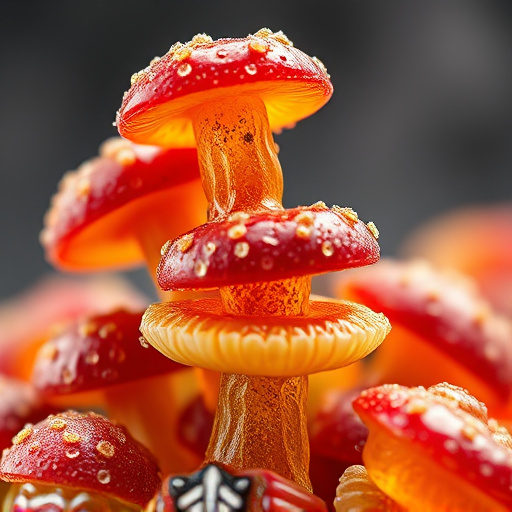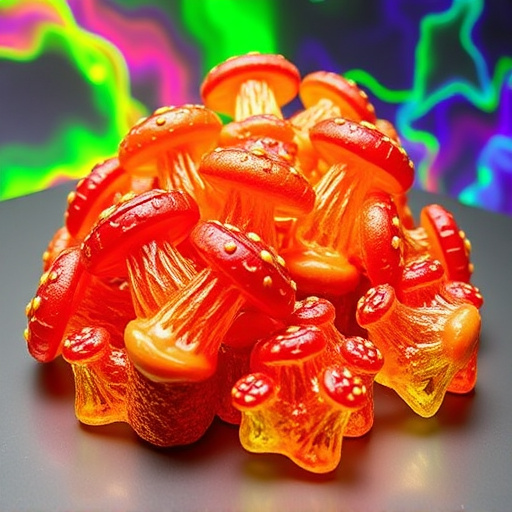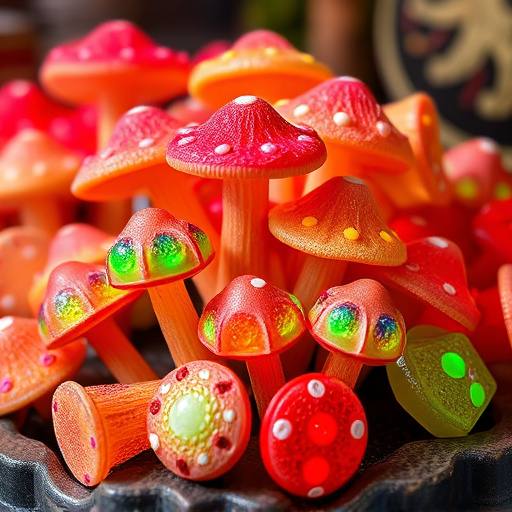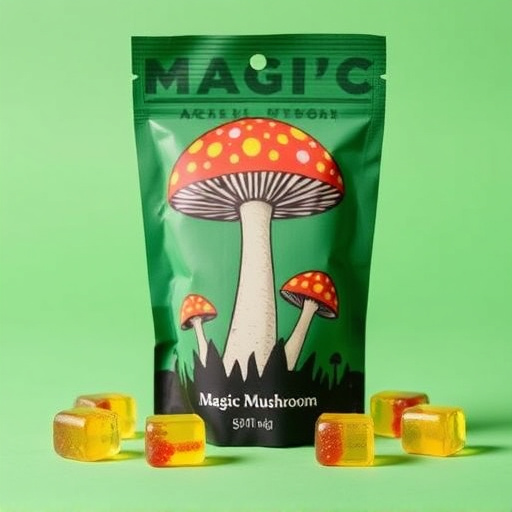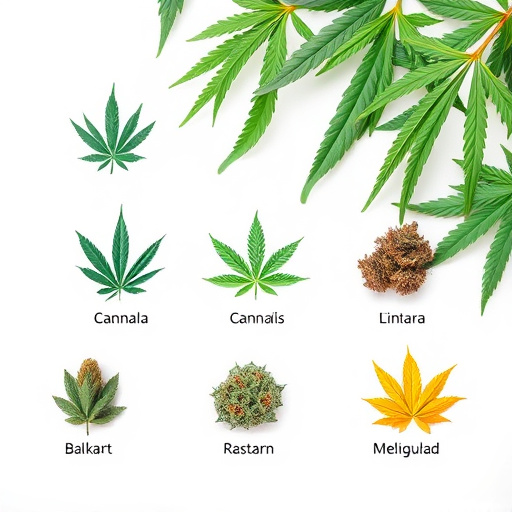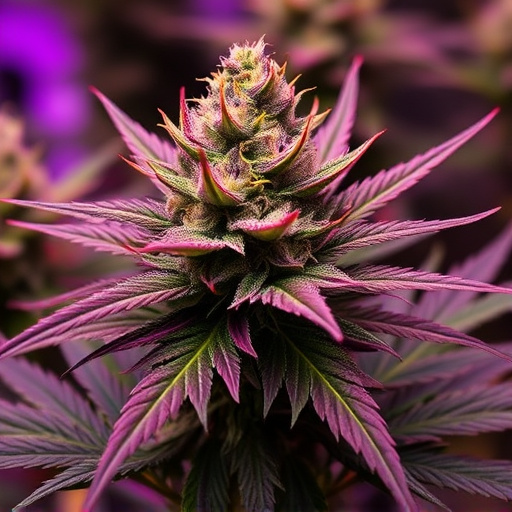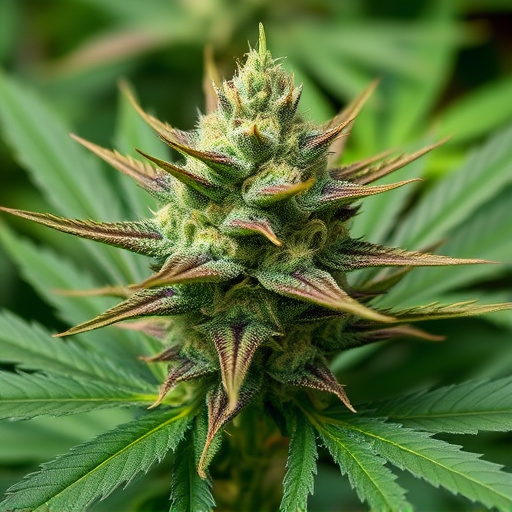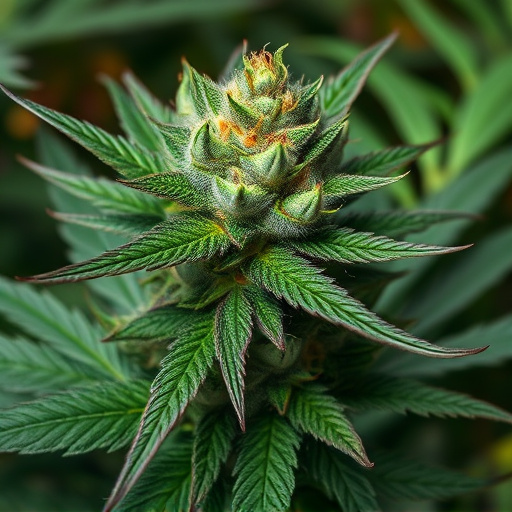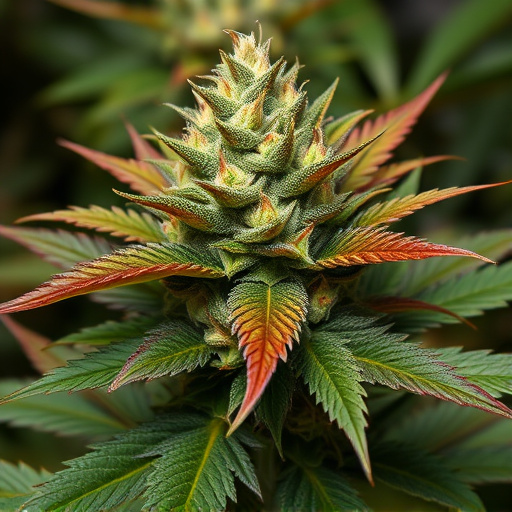Dried-out weed, caused by improper cultivation or environmental factors, reduces cannabis strain quality. Restoration is achievable through leveraging potent cannabis strains with high THC and CBD levels for resilience and nutritional support. The process involves removing dead leaves, soaking the plant, providing humidity, organic fertilizers, and optimal growing conditions to revive and regrow healthy, vibrant, and potent cannabis plants.
Discover the art of reviving dried-out weed with our comprehensive guide. Understanding the causes and effects of this common issue is the first step. Learn how potent cannabis strains can play a pivotal role in restoration, offering unique benefits for revitalizing your plant material. We provide a detailed, step-by-step process to ensure successful recovery, empowering you to maintain top-quality cannabis.
- Understanding Dried-Out Weed: Causes and Effects
- The Role of Potent Cannabis Strains in Restoration
- Step-by-Step Guide to Effectively Restoring Dried-Out Cannabis
Understanding Dried-Out Weed: Causes and Effects
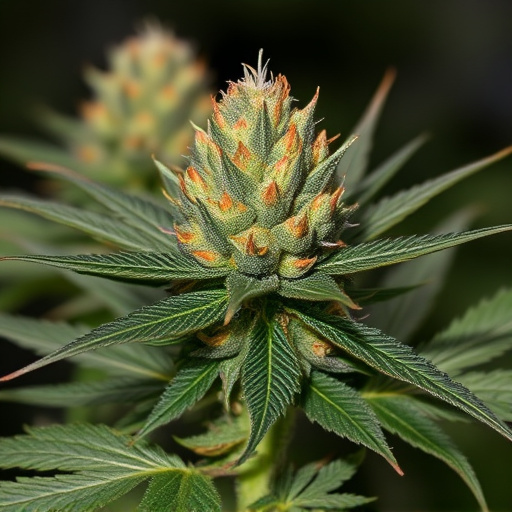
Dried-out weed, also known as dry or brittle cannabis, is a common issue that can significantly impact the quality and potency of your favorite strains. Understanding the causes and effects of this condition is essential for cannabis enthusiasts looking to maintain the optimal condition of their plants.
Several factors contribute to weed drying out, including improper cultivation practices, environmental conditions, and age. Over-drying occurs when cannabis isn’t sufficiently hydrated during the curing process, leading to a loss of moisture content crucial for flavor and efficacy. This often happens due to exposure to excessive heat or low humidity levels. Potent cannabis strains, known for their high THC concentrations, are particularly susceptible because they contain more delicate terpenes and cannabinoids that can evaporate under adverse conditions. As a result, dried-out weed may appear brown, crispy, or even powdery, losing its vibrant colors and aromatic profiles that contribute to the overall experience.
The Role of Potent Cannabis Strains in Restoration
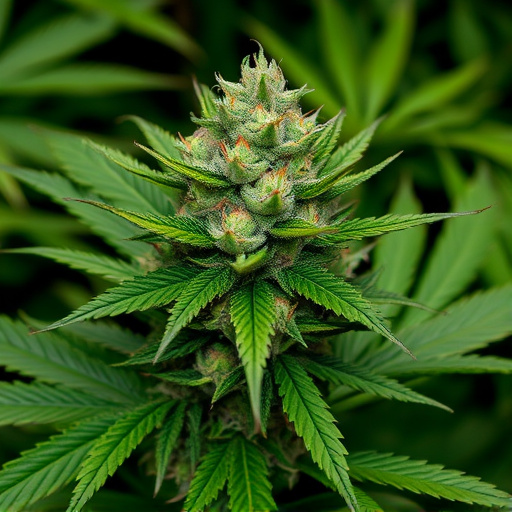
In the quest to restore dried-out weeds, one often overlooked yet powerful tool lies in the realm of potent cannabis strains. These carefully curated varieties possess unique properties that can significantly enhance the revival process. By selecting strains known for their robust resilience and rich nutritional profiles, gardeners and enthusiasts can provide a strong foundation for weed recovery. The secret lies in understanding the specific characteristics of these potent strains, such as high levels of essential cannabinoids like THC and CBD, which have been shown to stimulate growth and boost the plant’s natural defense mechanisms.
The integration of potent cannabis strains offers a holistic approach to restoration. Their natural resistance to common pests and diseases can prevent future issues, allowing the weeds to thrive once again. Moreover, these strains often exhibit exceptional adaptability, making them suitable for various environmental conditions. This versatility ensures that the restored weeds are better equipped to withstand challenges, fostering a healthier and more vibrant ecosystem.
Step-by-Step Guide to Effectively Restoring Dried-Out Cannabis
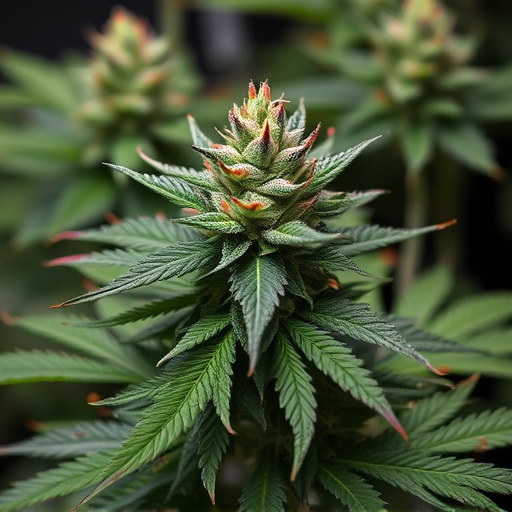
Restoring dried-out cannabis is an art that can transform weary, brittle plants into vibrant, potent cannabis strains again. Here’s a step-by-step guide to ensure success:
1. Assess the Damage: Start by gently removing any dead or severely dried leaves. This allows fresh, healthier parts of the plant to receive more attention and nutrients. Inspect the remaining stems for signs of rot or mold, addressing these issues promptly to prevent further damage.
2. Rehydration Process: Soak the cannabis in a solution of warm water for about 15-30 minutes. The duration depends on how desiccated the plant is. After soaking, gently squeeze out excess water and place the cannabis in a humid environment. A plastic bag or tent with a layer of moisture-retaining material like sphagnum moss can create this environment. Keep the humidity high for several days to encourage rehydration.
3. Provide Nutrients: Once the plant is hydrated, introduce nutrients tailored for cannabis growth. Use a balanced, organic fertilizer to support robust regrowth. Follow the product instructions carefully and avoid over-fertilization, which can burn delicate roots.
4. Reset Lighting and Temperature: Return the restored cannabis to its original growing environment, adjusting lighting and temperature as needed. Ensure adequate light exposure for photosynthesis, typically between 18-24 hours a day during the vegetative phase. Maintain optimal temperatures around 70-75°F (21-24°C) to support healthy growth.
5. Monitor and Adjust: Keep a close eye on your restored cannabis plants. They may require more attention and adjustments compared to new seedlings. Watch for signs of distress, such as yellowing leaves or stunted growth, and adjust watering, lighting, and nutrient levels accordingly.
Restoring dried-out weed is a feasible process that can bring back the plant’s vitality. By understanding the causes and effects of dried-out weed, and leveraging the benefits of potent cannabis strains, enthusiasts can effectively revive their crops. Following a step-by-step guide ensures success in this journey, allowing you to enjoy robust, healthy cannabis plants once again.
